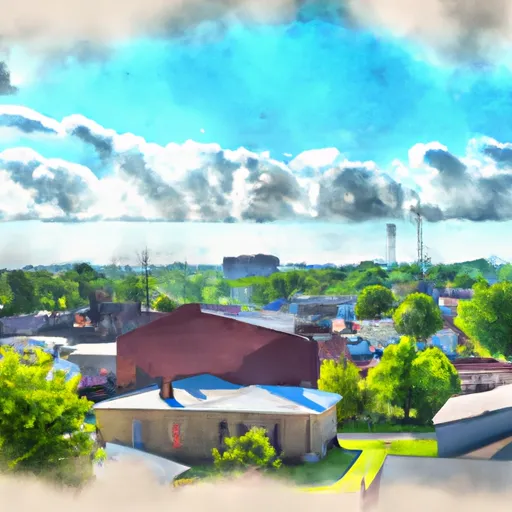°F
°F
mph
Windspeed
%
Humidity











Sycamore, Ohio is a charming village located in Wyandot County. The region experiences a humid continental climate, characterized by four distinct seasons. Summers are warm and humid, with temperatures ranging from the mid-70s to mid-80s Fahrenheit. Winters can be cold, with temperatures often dipping below freezing, and snowfall is common.
Sycamore is blessed with a rich hydrology, with the Sandusky River flowing nearby. This provides opportunities for fishing enthusiasts to catch species such as smallmouth bass, channel catfish, and walleye. Additionally, the surrounding area is dotted with numerous ponds, creeks, and wetlands, supporting diverse wildlife and birdwatching opportunities.
Outdoor recreation opportunities in Sycamore are plentiful. The village is surrounded by picturesque farmlands, making it perfect for scenic walks, hikes, and bike rides. For those seeking a more adventurous experience, Upper Sandusky State Park is just a short drive away. This park offers activities like boating, swimming, camping, and hiking. Nature lovers can also explore the Mohawk Dam Wildlife Area, which boasts over 6,000 acres of forests, wetlands, and grasslands, attracting hikers, birdwatchers, and hunters.
In Sycamore, residents and visitors are treated to a delightful blend of natural beauty and outdoor activities, making it an ideal destination for nature enthusiasts and those seeking a peaceful retreat.
Weather Forecast
Sycamore receives approximately 980mm of rain per year, with humidity levels near 76% and air temperatures averaging around 10°C. Sycamore has a plant hardyness factor of 6, meaning plants and agriculture in this region thrive during a short period during spring and early summer. Most plants will die off during the colder winter months.
Regional Streamflow Levels
1,050
Cubic Feet Per Second
34
Cubic Feet Per Second
31
Cubic Feet Per Second
133
Cubic Feet Per Second
Nearby Camping
| Camping Area | Reservations | Toilets | Showers |
|---|---|---|---|
| Sterling State Park | |||
| Holiday Beach Conservation Area |



